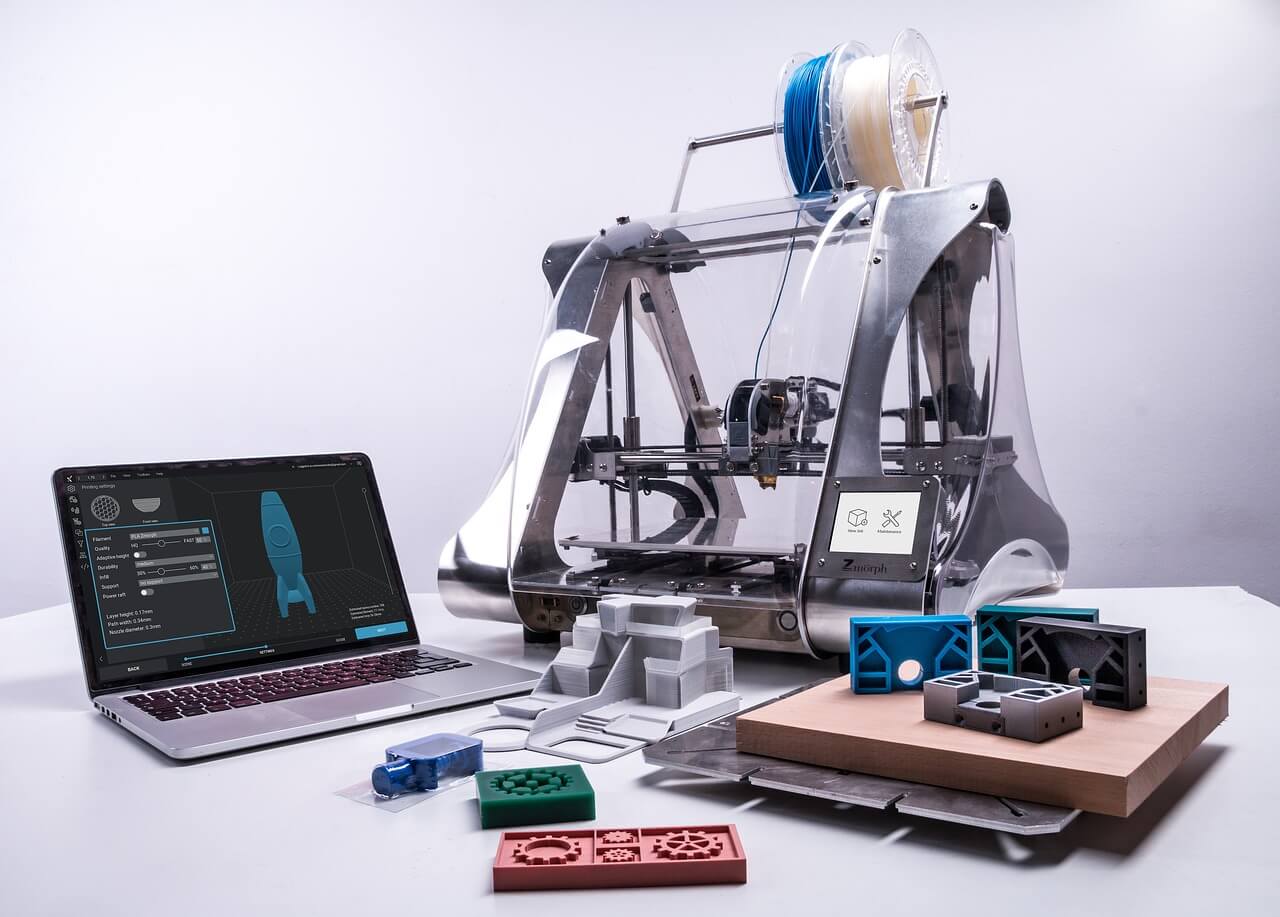
We cannot underestimate the power of 3D printing as it pertains to manufacturing. It has allowed us to create complex parts with pinpoint accuracy, lowered the cost of production and expanded our imagination beyond historical limitations. The technology is poised to revolutionize the manufacturing industry in the future. Despite all these benefits, there are still several weaknesses that we have not been able to conquer in 3D printing. While the technology is still evolving, 3D printing firms like Geomiq will have to overcome several challenges to ensure quality, cost reduction and drive innovation. Here are five such challenges.
Quality Problems with 3D Printing
This is the most basic of the challenges that many printers have to contend with. The quality-related problems can be subdivided into few issues like available materials, low-resolution output and fused deposition modelling parts that are fragile. A combination of these three makes most 3D printed parts to be of an inferior quality to those manufactured with traditional means.
First, the material choices are limited to those that can be melted, squirted or extruded. This puts away lots of other materials that can produce better quality items. There have been strides in creating multi-materials, but there are only two at a time. Intelligent machine design may eventually solve problems with human error in complex printing, while improvements in output may help solve low output problems.
Lack of Standardized Procedures
While 3D printing provides cheap items compared to traditional printing methods, it takes too many parameters, adjustments and juggling formats. It has been joked that the reason 3D printers are transparent is to enable engineers to determine if the printing is going on right. It is up to the printing firm to come up with clear processes when undertaking the printing work so that each output is similar to the rest.
Besides, professional organizations are also tasked with creating standardized processes for most of the 3D printing projects so that printing across various industries can result in quality and standardized products just like the case of traditional manufacturing. The overall goal is to have one-click printing reliability, just like the 2D printers.
Lack of Specialized Skills
As 3D printing technology continues to infiltrate various industries, there is a lack of enough skilled employees who can design, use software, computer-aided design and operate 3D printers. For the technology to live to its promise, companies need to invest resources and time into training staff members on emerging innovations in 3D printing. This may be a challenge as many seasoned engineers and companies are reluctant to incorporate new technologies. On the same note, technology institutions must also start investing in the technology and giving their students hands-on experience in 3D printing. The training will become easy if there is standardization, as explained in the section above.
Capital Equipment and Material Costs
The cost of owning an industrial-type 3D printer is prohibitive. Unlike many disruptive technologies where the cost of owning the technology is fairly low, with 3D printing, the company must have deep pockets for the capital equipment. Materials used in the printing are also not widely available and, therefore, do not come cheap. This makes it hard for most firms to invest in several printers or expand their production using 3D printers. If the technology is to gain traction in manufacturing, the cost of assembling the printers should go down so that many can own the piece of equipment.
Focus on Prototypes and not the Final Products
Sadly, many 3D printing efforts are aimed at the wrong target. Most organizations would be happy to use the technology in creating replacement parts, tools and prototypes with the technology and not think of wholesome solutions or final production parts. The reason for this myopic view is because many engineers do not see the technology from a holistic view of solution building.
Any additive manufacturing technology should have a process, materials, parts and a system. It may be okay to separate the four ideas in manufacturing. However, when building a solution, all these parts must work together. For example, if you are creating springs for a piece of equipment, you should not see it just as parts but should look at the relationship with other parts. You can re-engineer the whole engine so that you produce smaller or better parts and result in high-performing, low-cost equipment. This way, 3D printing will have lived to its promise.
As we refine 3D printing technologies, manufacturers are likely to meet several challenges on the way. Most challenges can be dealt with to acceptable levels. However, manufacturers must also be dynamic enough to incorporate innovations in the technology as they come.
Guest post from Jessica Harper at Geomiq.

